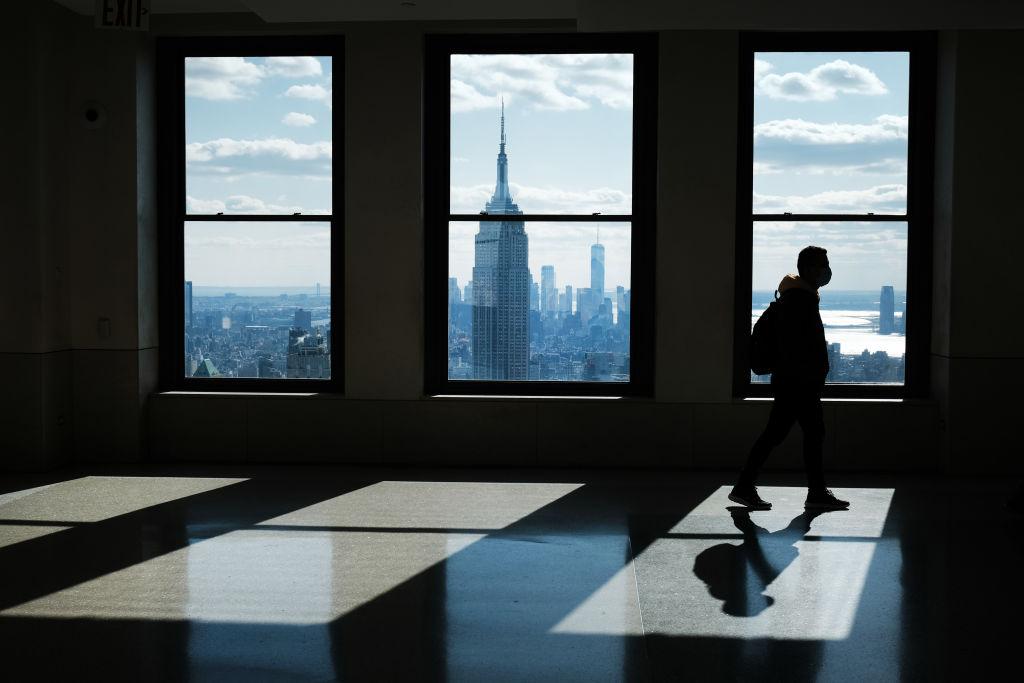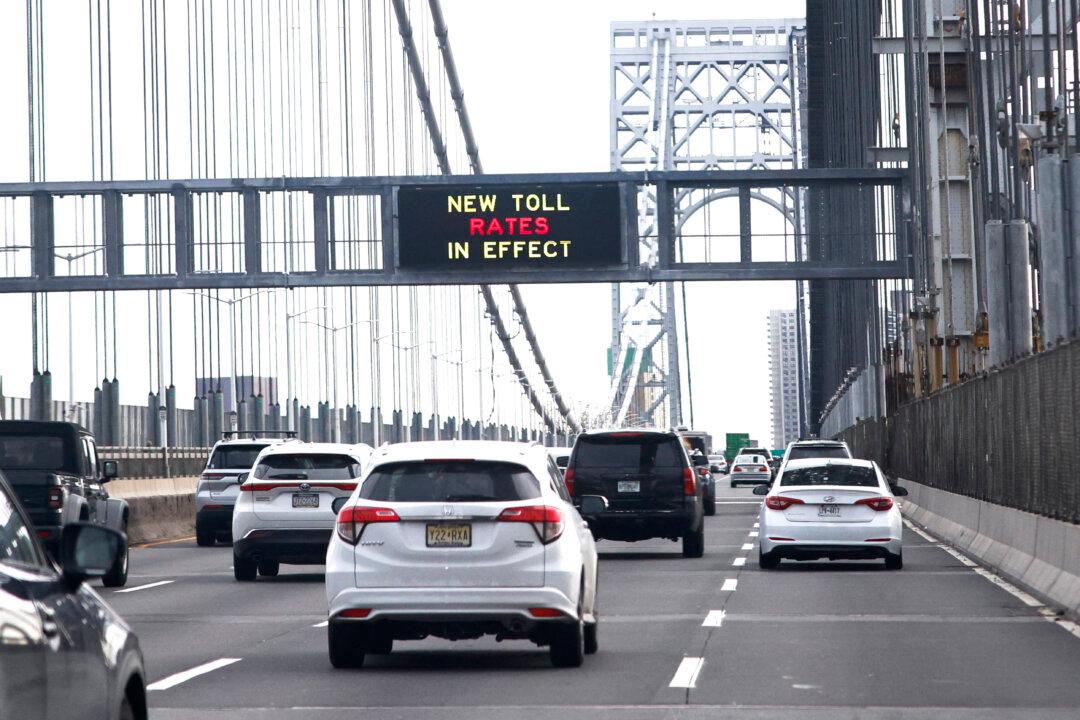New York City has lost hundreds of thousands of citizens in the past few years, according to census data. But public policy experts are divided about the causes of the population swings, how long term they are, and whether the U.S. Census Bureau is using reliable methodology.
According to the Census Bureau, the trend has increased since the global COVID-19 pandemic. At the height of the COVID-19 pandemic at the beginning of April 2020, the Census Bureau’s estimates set New York City’s population at 8,804,199.





